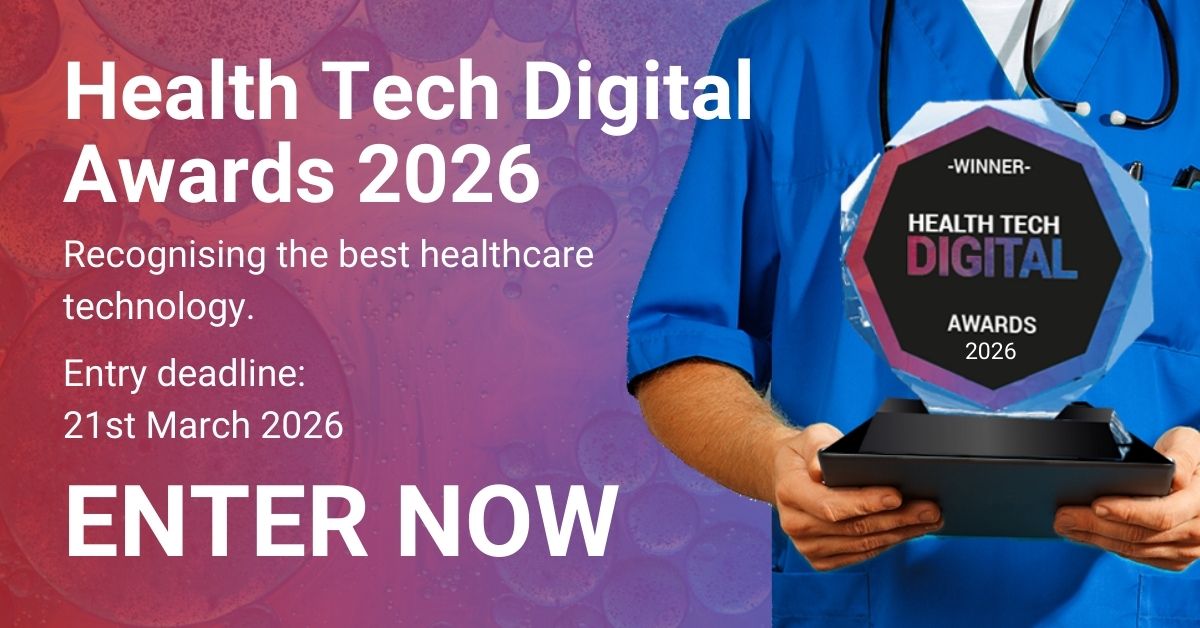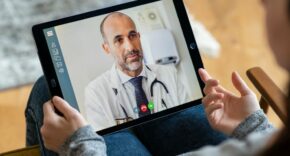The intertwining of technology and healthcare has been nothing short of revolutionary. Historically, each leap in technological advancement has heralded a wave of progress in medical science, bringing forth improved patient care and outcomes.
As we advance further into the digital era, the bond between healthcare and technology grows stronger, underscoring that their union is not merely advantageous but truly transformative.
In this post, we’ll explore how healthcare is directly interlaced with technological strides, paving the way for a more promising and healthful tomorrow for all.
 Streamlined Clinical Trials and Research
Streamlined Clinical Trials and Research
Clinical trials stand as pillars for medical research, supplying indispensable data about the effectiveness and security of novel treatments and interventions. Without these explorations, countless pivotal therapies we now rely on would be absent.
Behind the curtain of these trials are contract research organizations (CROs). These entities bring a wealth of knowledge and the necessary apparatus to oversee, administer, and supervise clinical trials on an international stage.
Yet, with the escalating intricacy and breadth of clinical trials, the welfare of the participants and the precision of data gathering take center stage. This is where the integration of advanced medical monitoring solutions comes into play. This is an essential component of the clinical research process, and it provides medical oversight and expertise for the entire clinical trial.
These solutions provide a repository of accurate data, streamlining the trial process and ensuring that results are both reliable and reproducible.
Enhanced Diagnostics
One of the standout contributions of technology in healthcare is its role in diagnostics. With the advent of artificial intelligence (AI) and machine learning, the interpretation of tests, scans, and diagnostic procedures has reached unprecedented accuracy. Gone are the days when manual readings could lead to errors or ambiguities.
Today, algorithms cross-reference millions of data points, ensuring that diagnostic outcomes are not only fast but also incredibly precise. The resultant effect is timely treatment initiation and a marked reduction in potential errors.
Telemedicine and Remote Consultations
If there’s one technology-driven aspect of healthcare that has democratized access to medical professionals, it’s telemedicine. No longer do geographical constraints or the unavailability of specialists impede a patient’s access to quality care. Virtual consultations have taken center stage, bringing with them an array of benefits.
Not only do they present cost-effective solutions for both providers and patients, but they also offer unprecedented convenience. A patient in a remote village can now consult with a top-tier specialist from a bustling metropolis, all thanks to the digital revolution.
Personalized Treatment and Medicine
In the vast sea of humanity, each individual is unique—a distinct amalgamation of genes, experiences, and environments. Recognizing this, the healthcare sector has made significant strides toward personalized medicine. With the surge in genomic studies and their applications, treatment today can be tailored to an individual’s genetic makeup, ensuring maximum efficacy and minimum side effects.
Coupled with data analytics, healthcare providers can now sieve through vast data lakes to determine the most effective treatment modality for individual patients, making the entire therapeutic process more patient-centric.
Robotic Surgery and Assistance
Robotic hands might sound like the stuff of sci-fi, but in modern operating theaters, they’re becoming increasingly common. Robotic surgeries, characterized by their precision and minimally invasive nature, promise patients faster recovery times and reduced post-operative complications.
But robots aren’t just playing roles in surgeries; they’re also aiding in the training of future surgeons. Through augmented reality and virtual simulations, budding surgeons can now practice intricate procedures in risk-free environments, ensuring that when they finally hold the scalpel, their moves are nothing short of perfect.
Data Security and Privacy
In a world swamped with data, its security and privacy become paramount. The healthcare sector, dealing with sensitive patient information, is no exception. With the digitization of health records and the proliferation of online consultations, the emphasis on cybersecurity has intensified. Innovations today are not just about improving care but also about guaranteeing that the sanctity of patient data remains uncompromised.
Wearable Health Tech
The rise of wearable technology in health is undeniable. Between 2019 and 2023, projections indicated a surge in wearable devices from 66.5 million units to a staggering 105.3 million. The trajectory thus far suggests this prediction is on track to be met, solidifying wearables as a mainstay in our modern era. Specifically, the wrist wearable device segment has dominated, capturing approximately 50% of the market share.
From wristbands tracking your daily steps to more advanced wearables monitoring critical health parameters, this technology has woven itself into the fabric of our everyday lives.
 Final Thoughts
Final Thoughts
Reflecting upon the tapestry of advancements, it’s evident that technology has indelibly reshaped the contours of healthcare. From trial monitoring to post-treatment care, every step of the patient’s journey is now enhanced, ensuring optimal outcomes and improved quality of life. And as we stand at this intersection of medicine and technology, we can only anticipate further innovations that promise to revolutionize healthcare even more.











